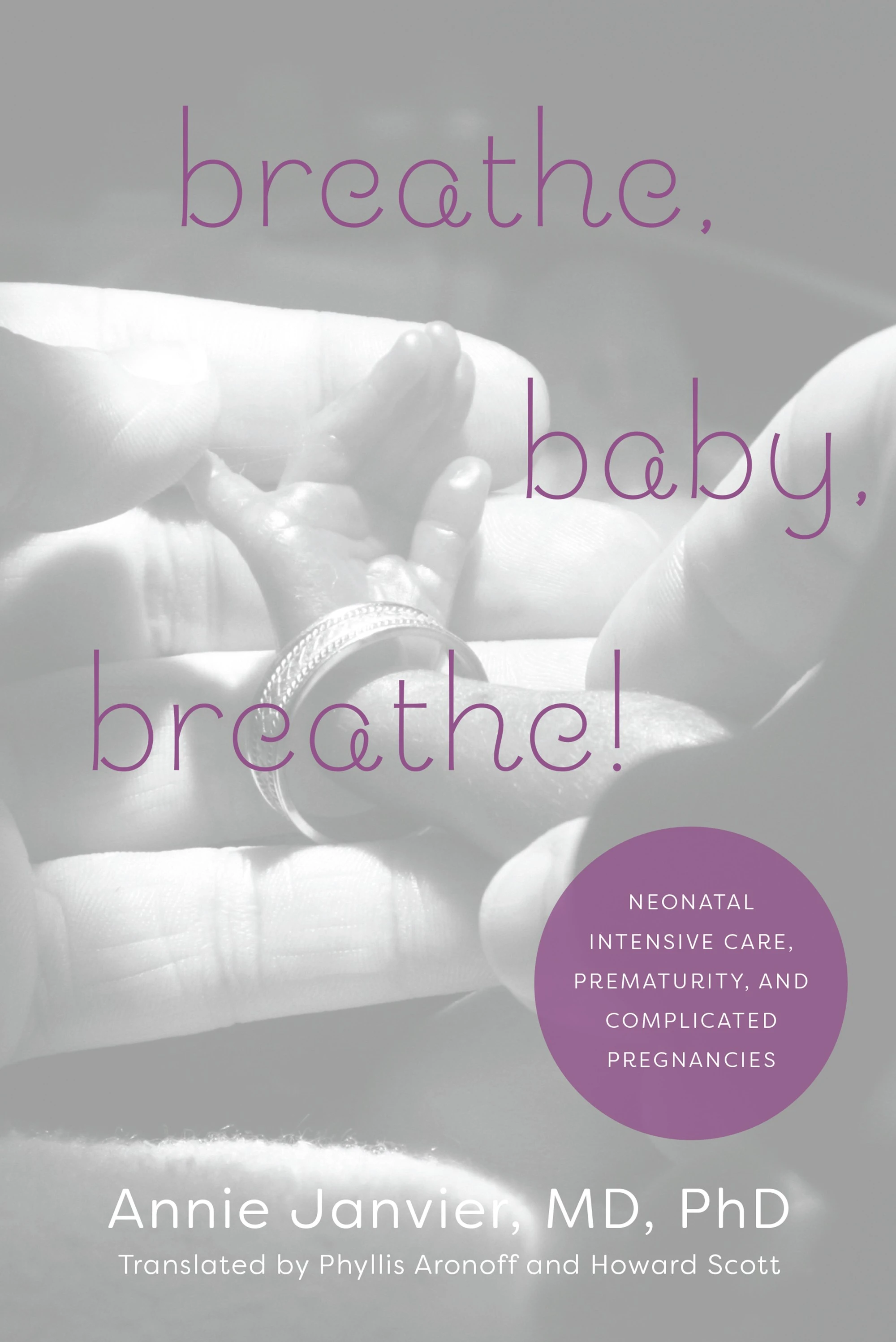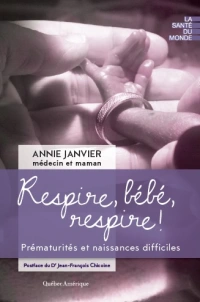OK, I know pneumatose is not a verb, but I thought it was a cute title.
What is NEC, anyway? Necrotizing Enterocolitis, of course, you might reply. But it’s not as simple as that. The very preterm baby who deteriorates after being stable (usually after introduction of feeds), with abdominal distension, ileus, intestinal dilatation, obvious pneumatosis on x-ray, air in the portal venous system, who progresses to perforation and on laparotomy has skip lesions of necrotic bowel, such a baby is a clear case of classical NEC; but may be in a minority.
I have seen babies who present clinically exactly like that but on laparotomy had a strangulated internal hernia or other diagnoses. Full term babies also develop similar clinical and radiologic findings, but they almost always have other major risk factors. Infants with spontaneous perforation would have been classified as NEC in the past, but are now clearly recognized as a separate group.
Even among those with apparent ‘premie NEC’ there are major problems in diagnosis. Previous studies have shown that the radiologic diagnosis of pneumatosis is very uncertain, with inter-observer variability very high. A new study has looked at whether diagnosis of NEC made by local investigators can be supported when the files are reviewed by other experts.
This is a publication from the EXPRESS cohort that we have covered here on several occasions. Over a 3 year period all the babies of less than 26 weeks probable gestation born in Sweden were followed; and for many publications, they also followed stillbirths and counted mothers who were admitted with threatened extremely preterm delivery.
For this publication the data from the 707 live born babies was examined, and the 602 who survived more than 24 hours were included. All babies with a diagnosis of NEC in the database were reviewed, in addition any baby who had a sudden reduction in their feeding intake, to less than 10% of total fluid intake for more than a day (or if they never exceeded 10% in the first 10 days). The hospital records were obtained of these babies to see if independent neonatologists would confirm the diagnosis or not.
There were 39 babies identified in the database as being cases of NEC of which 16 after review were not definite cases of NEC, even 5 of the babies who had surgery were re-classified as no-NEC, 3 spontaneous perforations, one volvulus, and one meconium ileus. Two babies were classified as no clinical suspicion of NEC, and 11 as possible NEC (referred to as Bell’s stage 1) which didn’t fit the case definition.
Among the 74 babies who had an episode of feeding reduction/interruption there were 4 with definite NEC, 2 had surgery and had reported findings consistent with NEC, 1 had NEC at autopsy, and 1 had clear x-ray findings. Another 7 babies were thought to have possible, stage 1, NEC and were therefore classified as no NEC.
This, to me, points out 2 things; firstly, sometimes data in clinical databases is unreliable, if a baby with findings on autopsy of NEC can be in the database as a case of ‘no NEC’, and a baby with volvulus is a case of ‘NEC’ then we have to be very careful to interpret our databases. Precise definitions, quality control of data entry, secondary verification of critical diagnoses, are important to improve reliability. Secondly, even for cases that are not clearly errors, in a diagnosis such as NEC there is a lot of inter-rater variability (or you might call it subjectivity) in deciding whether an x-ray shows pneumatosis, or other findings consistent with stage 2 NEC. One of the things that has changed (relatively) recently is the appearance of abdominal ultrasound to try to help in management of the condition. We have had cases which never had pneumatosis on x-ray, but an abdominal ultrasound was reported as showing “pneumatosis”, they were then entered into our database as cases of NEC, despite the fact that strict application of case definitions in use at the time did not include ultrasound findings. The newer version of the definitions we use now states “or other imaging modality” which I think is a mistake.
A recent systematic review of the diagnostic accuracy of abdominal ultrasound for diagnosis of NEC has been published. (Cuna AC, et al. Bowel Ultrasound for the Diagnosis of Necrotizing Enterocolitis: A Meta-analysis. Ultrasound Q. 2018;34(3):113-8). As all systematic reviews/meta-analyses it suffers from the limitations of the primary publications, but it does give some guidance as to the likely usefulness of the technique. The systematic review found 6 prospective cohort studies, with 462 infants with suspected NEC who had both radiographs and ultrasound studies. For such studies you have to decide what is the “gold standard” which is of course staging as Bell’s stage 2 or more using radiography. I can’t think of a way of getting around this at present, but the “gold standard” is more like a tarnished silvery coloured metal. The review showed that among infants with confirmed NEC, ultrasound was relatively insensitive for most findings (portal venous gas, pneumatosis, free air, bowel wall thickening, bowel wall thinning, absent peristalsis, ascites and focal fluid collection) but was reasonably specific, mostly over 95%. The exceptions being pneumatosis at about 90%, and for bowel wall thickening at 67%.
So among the babies in these studies, even when there was a clinical suspicion of possible NEC, 10% of the time when the ultrasound showed “pneumatosis” the baby did not have a final diagnosis of Bell’s stage 2 NEC. 1/3 of the babies with bowel thickening did not have NEC. I have seen kids having an abdominal ultrasound for other reasons, and having no symptoms, being reported as showing pneumatosis. In contrast I am sure there are babies where pneumatosis is not clearly seen on radiography, but ultrasound suggests that it is there, who do really have NEC. What is the place of ultrasound then? I think there are data that show that many more babies with NEC will have portal venous gas on ultrasound than on x-ray, and I think that finding is probably a very good indicator that they really do have the disease. Free air is a pretty definite indication that something serious is wrong(!) but is obviously not restricted to NEC; ascites with lots of junk in the liquid (to use the technical terminology) is usually not a good thing to find. Colour doppler investigation of bowel perfusion might help in decision making, but you really need to be a bit sceptical, I have seen more than 1 infant have a laparotomy, partly based on analysis of bowel perfusion, who had healthy looking bowel when the surgeons opened, and closed again, his/her abdomen. Of course that can also happen without ultrasound/doppler, knowing when the bowel is necrotic, and needs to be resected, is notoriously difficult.
A much better way of clinically confirming mucosal injury, and its severity, would be great. Unfortunately all the biomarkers that I have seen investigated (from memory that includes calprotectin, PAF-1, fatty acid binding proteins, various interleukins, neutrophil surface markers, and Something About Amyloid called SAA) have been of very limited value. A recent review article about calprotectin suggests that one reason for that is that NEC is not one single disease, it may also be that, in my humble opinion, most biomarkers are a waste of time, if they are sensitive enough to be useful they are not specific, and if they are specific enough to rule out other diseases they are not sensitive! (a much more thoughtful review of biomarkers for NEC is available) A prospective study from Groningen looking at the usefulness of serial calprotectin for predicting NEC showed that levels are very high in preterm babies just after birth, and then vary widely, not being useful for prediction of NEC.
And of course all of these studies suffer from almost never being sure that a baby actually has NEC! The closest we really get to a gold standard diagnosis is in those babies who have laparotomy and bowel resection with pathology. In less severe cases the diagnosis will often be surrounded by question marks. The study from Sweden confirms this again.
There are only a few ways an immature bowel, with highly abnormal microbiome, limited circulatory reserve and underdeveloped Paneth cells (to name a few issues) can respond to an insult. Blood in the stools, ileus, and pneumatosis can occur in other conditions than classical premie NEC, and other associated conditions must be eliminated. The baby with a strangulated internal hernia did very well after the surprise finding on surgery, followed by resection and repair. In contrast babies with severe NEC requiring surgery continue to have a very high mortality, with about 5% in many series never going to surgery and dying, and 20% to 40% dying after surgery.
Those numbers are one of the reasons this subject comes up so often on this blog, and that doesn’t even touch on the adverse effects of the serious inflammatory insult and the associated nutritional difficulties on brain development.









Agree with your thoughts – most current biomarkers lack sensitivity or specificity but combinations are probably the way forward, combined with new omic techniques (e.g. VOC) that can be performed on stool or urine. Patterns will partly reflect microbial communities and will therefore be NICU-specific but other less specific markers (Calprotectin, CRP, iFABP) will be similar across sites. Machine learning tools will integrate these biochemical markers and clinical findings – because the risks associated with some markers will be affected by obvious things like gestation. NEC (whatever that is – a histological term for a clinical syndrome was never going to be a good idea) is not a single disease and we are best of thinking of a continuum of gut health where NEC represents the tip of the iceberg and the rest floats below the surface – feed intolerance, dysbiosis, abnormal cell signalling etc.